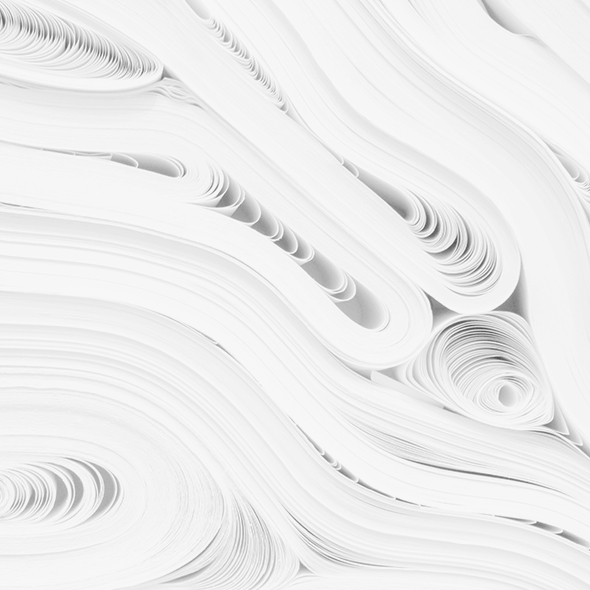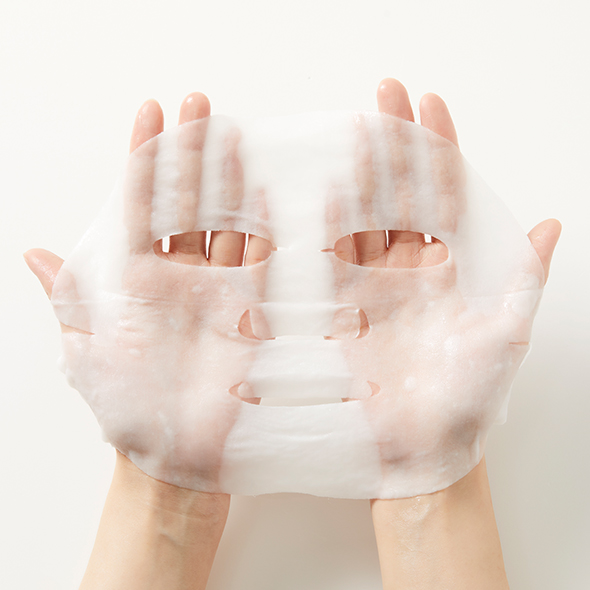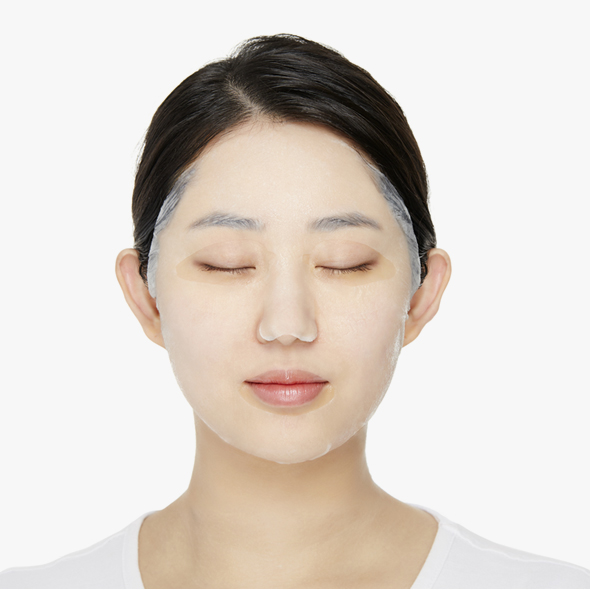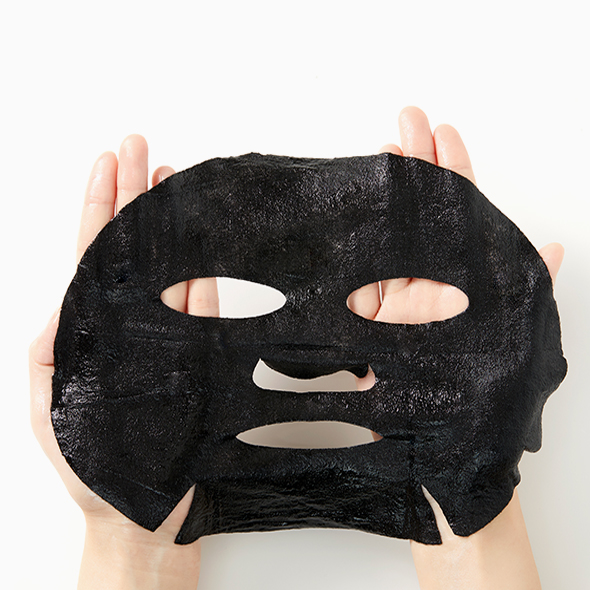Sign up to receive
Mediheal's latest news and updates.
Sheet Mask Materials
The sheet material is important because it helps lock the mask’s essence into your skin,
giving active ingredients time to absorb without evaporating. Various materials have been
developed which allow sheet masks to adhere seamlessly to your face and deliver serum evenly.
-

-

Natural fiber sheets
-
These use either vegetable materials (like bamboo or cotton)
or other natural fabrics, like wool. Natural fiber sheets have
good adhesion and tightening. Afterward, they help skin feel
extremely moisturized and nourished, so making this
material a popular choice for many mask sheets.
-
-

-

Synthetic gel sheets
-
In these materials, the mask essence is solidified and
molded into a mask shape. One of the most common
types of gel mask is the hydrogel mask, which allows
the cooling essence to dissolve and absorb against
the warmth of your skin. Since the essence in synthetic
gel sheets is not in a liquid state, it doesn’t melt or drip.
however, this can make the gel feel less moisturizing
than fiber masks.
-
-

-

Natural cellulose
gel sheets -
In recent years, innovative sheets made of both
hydrogel and natural cellulose fiber have gained in
popularity. Cellulose, a natural protein found in the
cell walls of plants, offers excellent adhesion with
exceptionally non-irritating, nourishing, and
moisturizing benefits.
-
-

-

Special sheet materials
-
MEDIHEAL offers several masks which use a charcoal-coated
radiant fiber sheet. This material reflects natural body heat
back into the skin as far-infrared rays,
which help release impurities and activate the skin.
Additionally, this material’s anion effects
help enhance its moisturizing and brightening effects.
-

